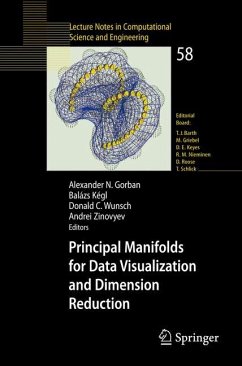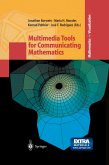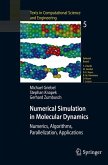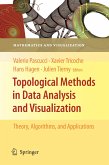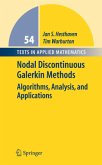In 1901, Karl Pearson invented Principal Component Analysis (PCA). Since then, PCA serves as a prototype for many other tools of data analysis, visualization and dimension reduction: Independent Component Analysis (ICA), Multidimensional Scaling (MDS), Nonlinear PCA (NLPCA), Self Organizing Maps (SOM), etc. The book starts with the quote of the classical Pearson definition of PCA and includes reviews of various methods: NLPCA, ICA, MDS, embedding and clustering algorithms, principal manifolds and SOM. New approaches to NLPCA, principal manifolds, branching principal components and topology preserving mappings are described as well. Presentation of algorithms is supplemented by case studies, from engineering to astronomy, but mostly of biological data: analysis of microarray and metabolite data. The volume ends with a tutorial "PCA and K-means decipher genome". The book is meant to be useful for practitioners in applied data analysis in life sciences, engineering, physics and chemistry; it will also be valuable to PhD students and researchers in computer sciences, applied mathematics and statistics.
Bitte wählen Sie Ihr Anliegen aus.
Rechnungen
Retourenschein anfordern
Bestellstatus
Storno

